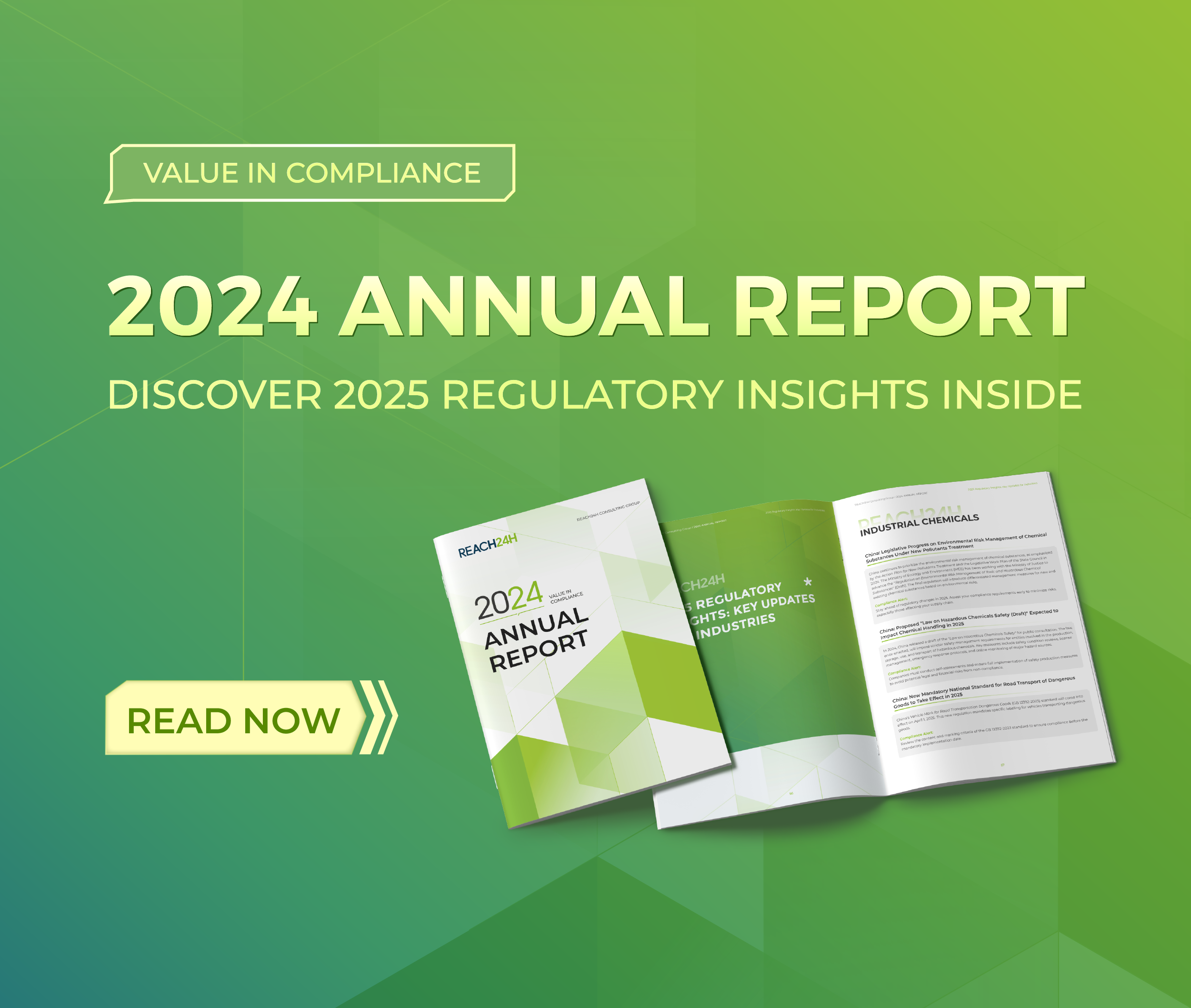Mastering Food Import Regulations in the Philippines: Guide to CPR & Labeling Compliance
Introduction
Entering the Philippine food market requires a deep understanding of local regulatory standards and timely compliance. In this comprehensive overview, we explore the essential parts of the Philippines’ food import regulations, including CPR registration and label compliance. Uncover the critical steps, documentation, and strategies that will help you achieve seamless market entry and steady growth in the Philippines.
Food Regulatory Framework in the Philippines
The Philippines Food and Drug Administration (PFDA), under the Department of Health, is the primary authority responsible for monitoring and regulating the production, import, export, distribution, and sale of food products (excluding agricultural and fishery products).
Key Regulations in the Philippines
-
Republic Act No. 10611 (Food Safety Act): Ensures the safety and quality of food products in the Philippines.
-
Administrative Order No. 2014-0029: Governs the licensing of food businesses and the registration of processed foods.
-
FDA Circular No. 2020-033: Introduces the new electronic registration system for raw materials and prepackaged processed foods.
Compliance Requirements for Food Products in the Philippines
Product Compliance
Before exporting prepackaged food to the Philippines, exporters/importers must ensure that their products comply with Philippine regulations and standards, including quality specifications, ingredient composition, and labeling requirements.
Product Registration
All prepackaged food products must obtain a Certificate of Product Registration (CPR) from the PFDA before being sold, distributed, or marketed in the Philippines. This includes:
-
Processed foods
-
Food ingredients
-
Food additives
-
Dietary supplements
Applicant Requirements
Only companies with a valid License to Operate (LTO) in the Philippines can apply for CPR. For imported foods, an importer-type LTO is required.
Registration Documents
The following documents are required for CPR registration:
-
Product and Applicant Information: Product category, name, and brand; applicant’s name, address, LTO number, and validity period.
-
Supplier Information: Country of origin, supplier and manufacturer details, supply agreements, and supplier certifications (e.g., GMP, HACCP, Free Sale Certificate).
-
Ingredient List: Full ingredient breakdown in descending order, including additives and allergens.
-
Product Specifications: Sensory, physicochemical, microbiological, and contaminant indicators.
-
Shelf-Life Information: Shelf life, packaging materials, storage conditions, batch codes, and date markings.
-
Labels and Product Photos: Clear and complete product labels and photos.
-
Claims or Certifications (if applicable): Supporting documents for health, nutritional, or technical claims, as well as Halal, organic, or Kosher certifications.
-
Certificate of Analysis (COA): Product test reports from the last 12 months, signed by qualified personnel, detailing product specifications and analytical results.
Note: Additional documents may be required for special categories like dietary supplements, including shelf-life studies and safety data.
CPR Application Process
The CPR application process typically takes 1.5 to 2 months, and the certificate is valid for 2 to 5 years. Renewal must be initiated six months before expiration.
Our Services
We offer a comprehensive range of services to ensure your products comply with Philippine regulations:
Food Classification and Ingredient Review
We conduct a thorough review of your product formulation, including raw materials, additives, and nutritional fortifiers. Our experts assess ingredient compliance with Philippine regulations and provide detailed conclusions and recommendations.
Label Review and Development
We review your product labels to ensure compliance with Philippine labeling requirements, including:
-
Product name and brand
-
Ingredient list and allergens
-
Nutritional information
-
Claims and certifications
We provide a detailed audit report and assist with label translation and development if needed.
Product Registration
We assist with the CPR application process, including:
-
Preparing and submitting required documents
-
Coordinating with the PFDA
-
Tracking application progress and addressing queries
Regulatory Consulting
We provide customized consulting services to address your specific regulatory queries, including:
-
Feasibility analysis for food imports
-
Compliance training
-
Regulatory updates and alerts
Frequently Asked Questions
1. Can products be exported to the Philippines directly after obtaining the CPR? Are there any other compliance requirements that need to be done in advance?
For prepackaged food, after obtaining the CPR, as long as the quality specifications and labels of the products to be exported comply with the regulatory requirements of the Philippines and are consistent with the registered information, they can be exported to the Philippines.
2. Can the food labels for export to the Philippines be affixed with English stickers on the original labels?
Yes, but this method of affixing stickers is only allowed within 6 months after obtaining CPR approval. After 6 months, the product packaging must use printed labels.
3. Do products with different packaging specifications need to apply for CPR separately?
No, one CPR application can register various packaging and specification sizes of the same brand and the same product.
4. If a CPR has already been registered for the same brand and the same product by another importer, do other importers still need to apply for a new CPR?
Yes, each importer needs to apply for their own CPR. The importer’s name and address are reflected on the CPR and are used for customs import and clearance of goods. Moreover, only with their own CPR can importers distribute the products in the Philippines and authorize downstream distributors to do so.
5. If a product already has a CPR registered by one importer, but the importer is changed later, is it necessary to apply for a new CPR?
No, this situation is different from the previous one. In this case, the new importer only needs to make a CPR change in the PFDA registration system.
6. Is it necessary to submit samples for the CPR registration of products?
For the first application of food supplements, one unit of commercial retail packaging is required. No samples are needed for other types of food.
Navigating food compliance in ASEAN? Explore our complete guides for key markets:
- Malaysian Food Import Regulations
- Thailand Food Import Regulations
- Indonesia Food Import Regulations
- Vietnam Food Import Regulations
- Singapore Food Import Regulations

